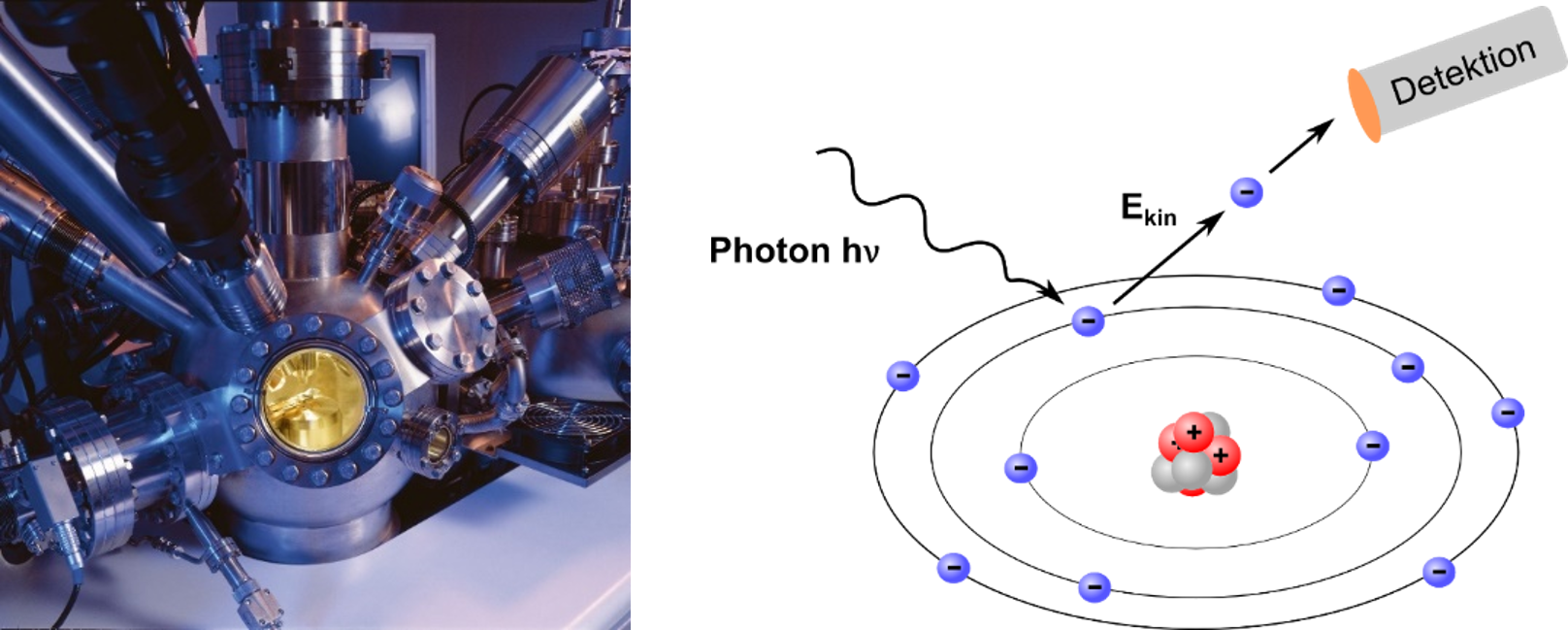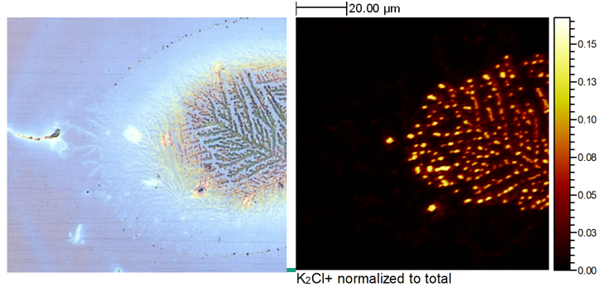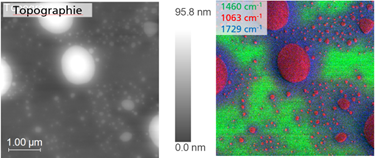Understanding and Optimizing Interfaces
Surface and interface properties play a crucial role in the quality and performance of numerous products and industrial processes. Even the slightest contamination can affect coating and manufacturing processes, compromising their functionality. This applies to applications such as adhesive bonding, painting, printing, and metallization.
Fraunhofer IFAM offers a wide range of analytical methods for comprehensive chemical and structural surface analysis at the nanoscale.
Our extensive expertise in industrial research allows us to address the following key questions:
- Adhesion of coatings (e.g., paints, printing inks, metallizations, plasma coatings) or adhesives
- Wettability issues
- Film-like and particulate contamination on surfaces or within materials
- Aging behavior of composite materials
- Efficacy of cleaning processes and surface treatments (laser, primers, etc.)
Our goal is to transfer findings into practical applications and tailor investigations to individual requirements. By closely collaborating with in-house surface technology experts, we ensure that your questions are handled with competence.
 Fraunhofer Institute for Manufacturing Technology and Advanced Materials IFAM
Fraunhofer Institute for Manufacturing Technology and Advanced Materials IFAM





